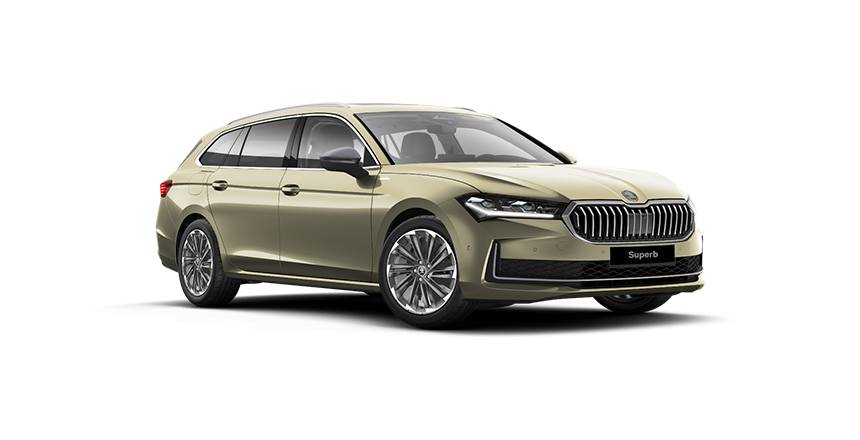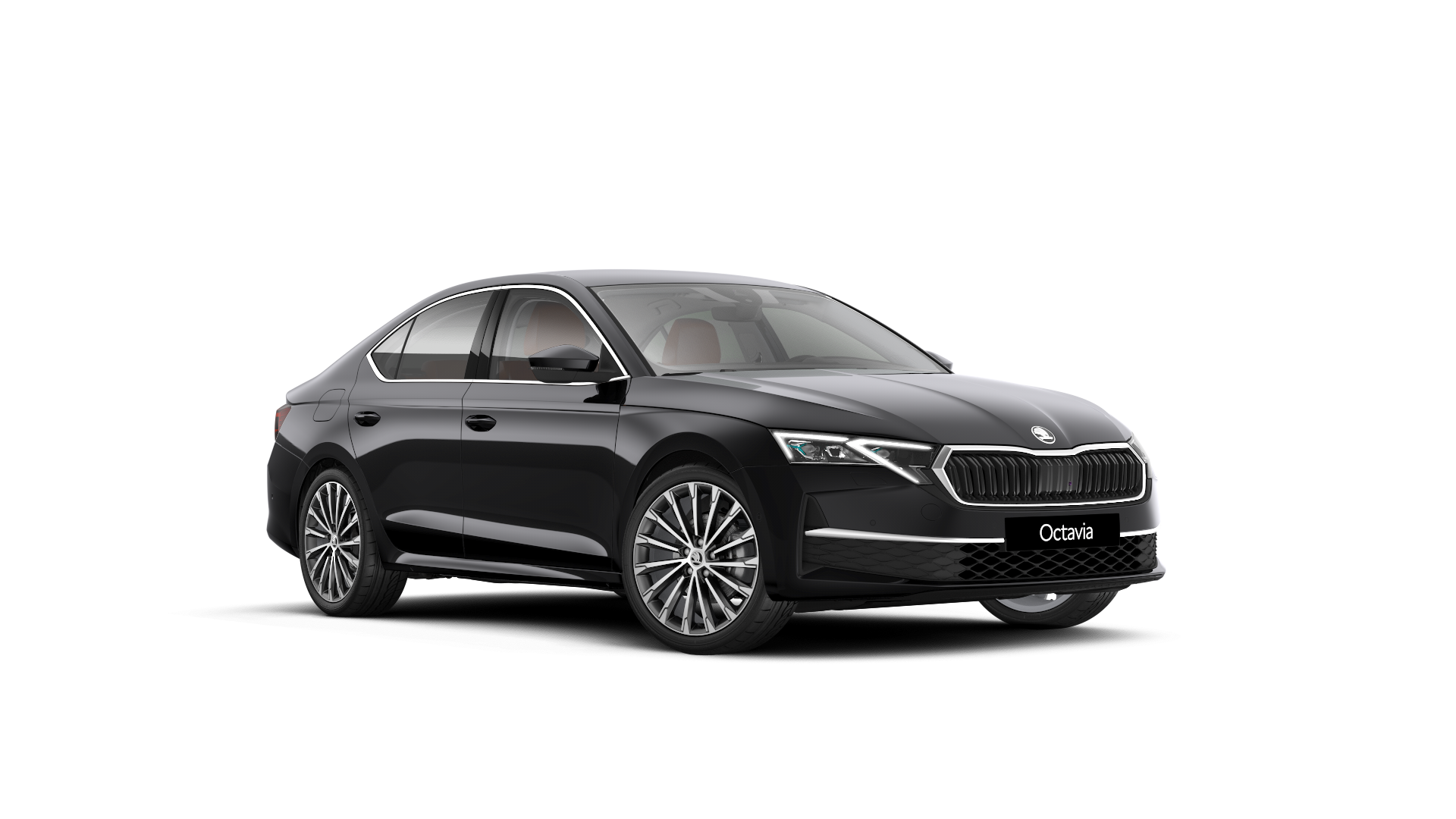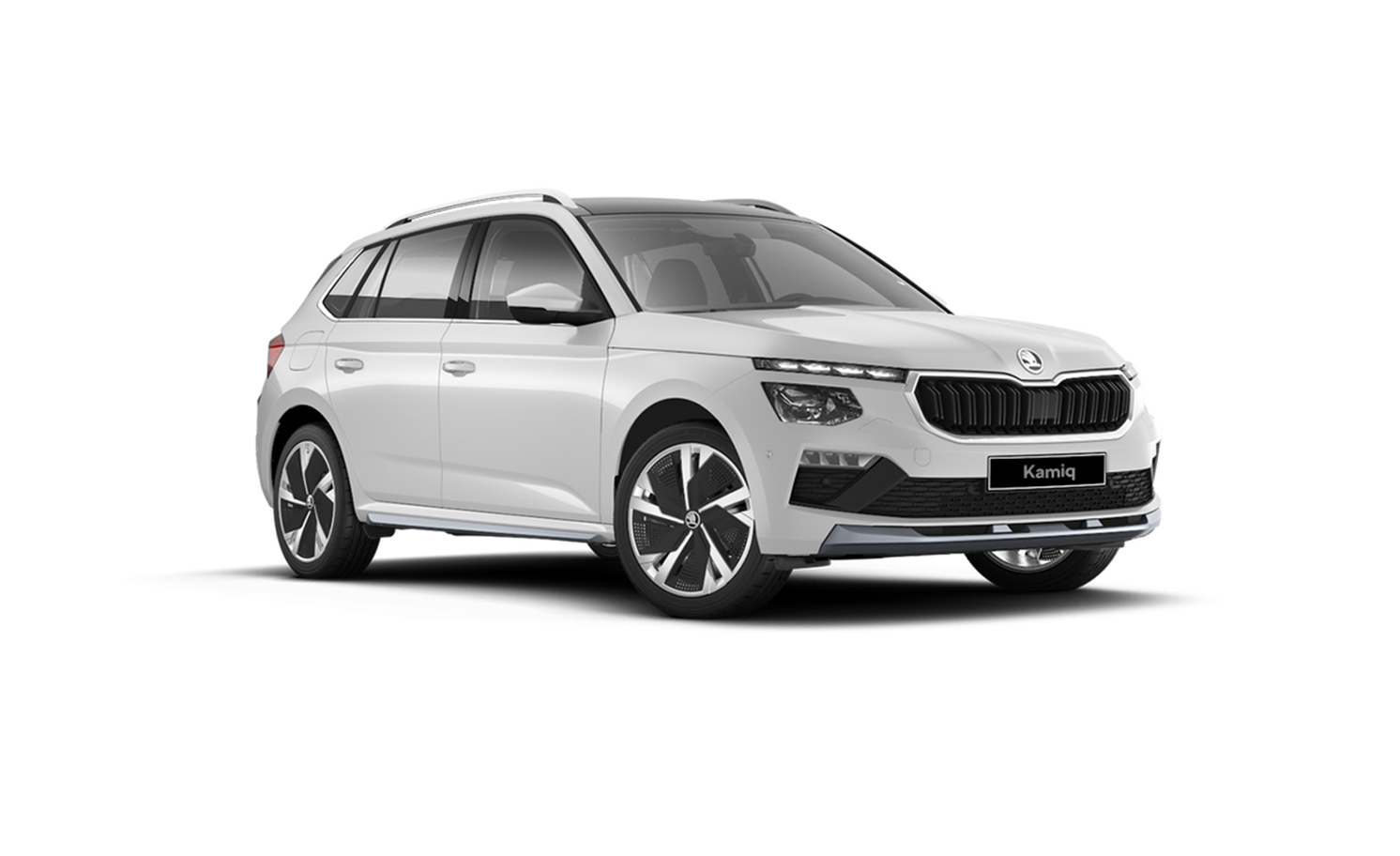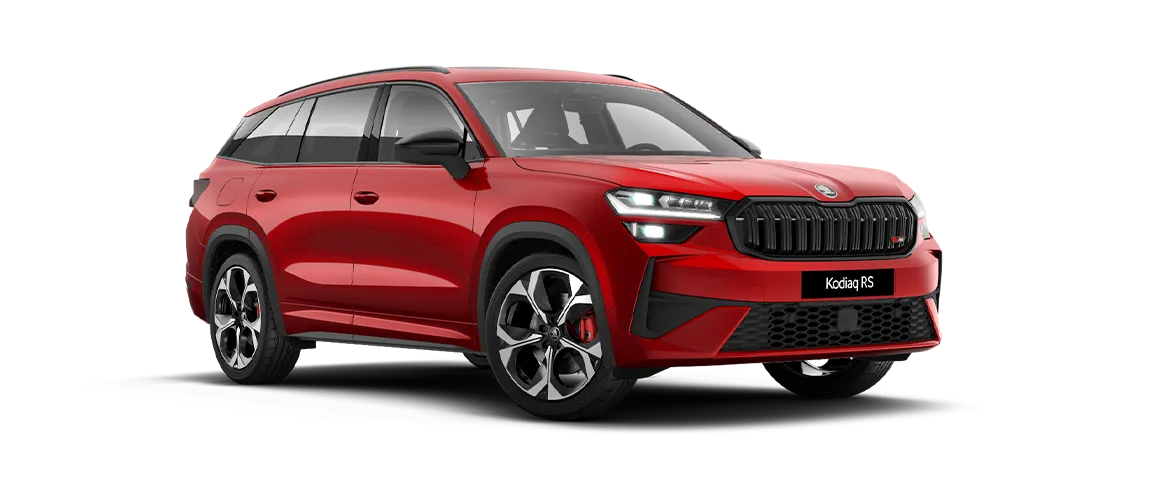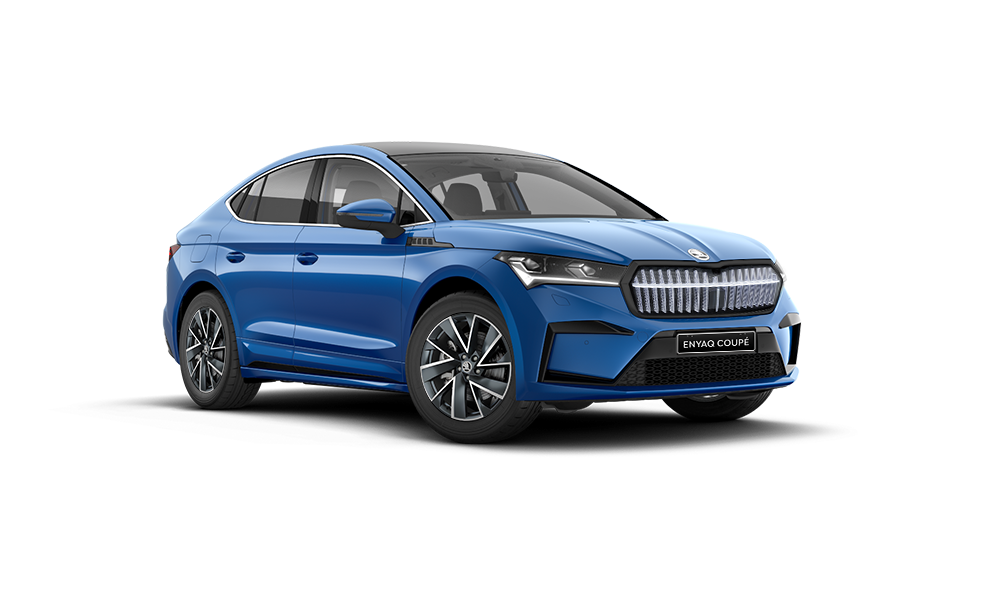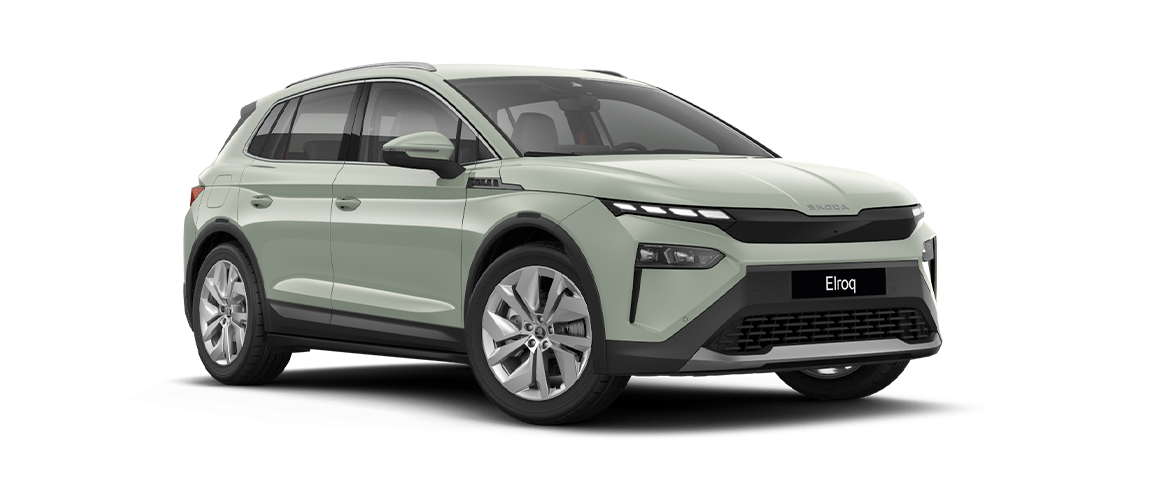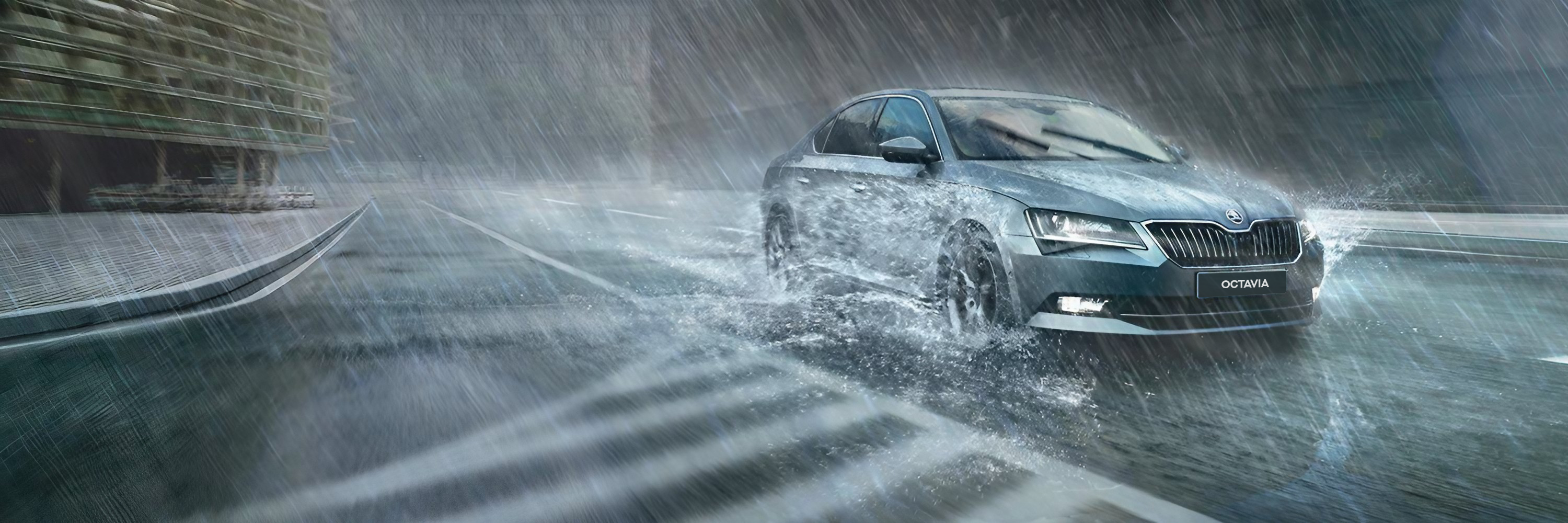Taking safety seriously
One of the primary objectives during development of Škoda cars is to offer all passengers the maximum possible level of safety. Our development is focused first and foremost on active safety, the goal of which is to prevent accidents and high-risk situations. However, since even the greatest of efforts can't prevent accidents entirely, Škoda vehicles are also constructed with an emphasis on passive safety, that is, the ability to dissipate the brunt of any impact and thereby protect passengers from injury. High quality, rigid body structure is the essence of safety in all types of crashes. Together with multiple airbags and accompanying passive safety features, Škoda tries to minimize consequences of any possible impact.
Electronic stability control (ESC)
ESC, or Electronic Stability Control, helps every driver to handle critical situations when the car is about to skid. The control unit constantly compares current data about the driving behaviour of the vehicle with the preset values. If these values do not match, the control unit gives command to stabilise the vehicle. The stability program uses the abilities of ABS, ASR and few other special sensors. This allows it to prevent slipping or locking of the wheels. The principle of its function is limiting the engine torque and braking the inner rear wheel in case of understeer, or outer front wheel in case of oversteer.
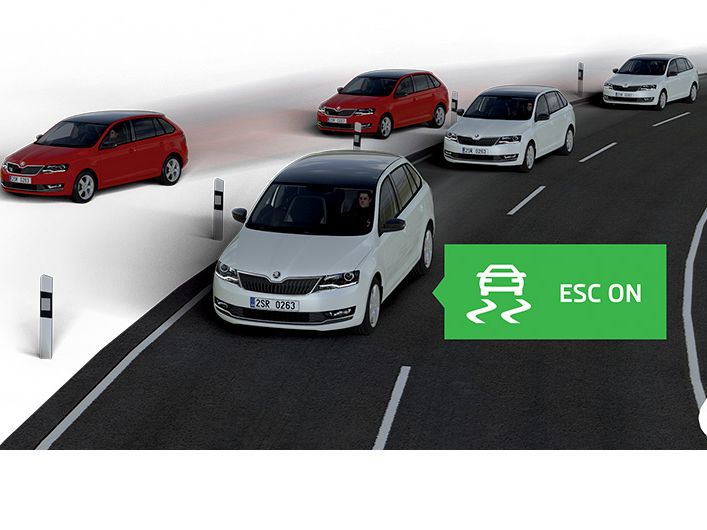
ESC provides significant help to the driver, but it still can't overcome the laws of nature. The ESC can help the driver only if the limits of grip are not exceeded, at least on the wheels used to stabilize the vehicle.
Multi-collision Brake
If a car is involved in an accident and the airbags are activated, it could remain in motion and cause another accident. This safety feature activates the braking system after a collision, bringing the vehicle to a stop to prevent a pile-up.
Anti-Slip Regulation (ASR)
Excessive wheelspin during acceleration is a waste of energy without any benefits. It increases the wear and tear of the drivetrain and tyres on the dry tarmac, while on the wet surface, it represents a great waste of fuel.
To prevent this, anti-slip regulation automatically modulates the wheelspin during acceleration. Its goal is to ensure that the driver has full control over the vehicle and provide efficient transfer of power to the road. This improves both handling and fuel economy.
Wheel speed sensors of the ABS systems monitor the driven wheels, while ECU compares their speed with the other axle. If the wheelspin is detected, the ECU lowers the speed of the slipping wheel, regaining its traction and enabling the vehicle to continue even on slippery surfaces.
Antilock Brake System (ABS)
The objective of the ABS is to keep the car under control even during abrupt braking. The car with its wheels locked is uncontrollable, be it on slippery surface or dry tarmac. The Škoda ABS keeps the wheels rolling by reducing the braking force on individual wheels. This enables the driver to avoid the obstacle.
Electronic control unit continuously compares data from the speed sensors on individual wheels. If abrupt deceleration of any wheel is detected, the hydraulics receive a command to release the brake pressure, so the wheel resumes rolling.
The signal from the wheel speed sensor changes again and the ECU recognizes that the wheel is unblocked again. It is therefore able to transfer the brake force again and the sensor gives command to apply the brake pressure. Up to 16 such cycles can occur each second. The ABS consists of three main parts:
- Electronic control unit
- Wheel speed sensors
- Hydraulics
Cross Differential System (XDS+)
XDS+ helps the driver during sharp turns and ensures that the vehicle behaves neutrally during dynamic cornering. The control electronics essentially simulate the presence of a self-locking differential to improve traction and driving dynamics during turns. As a result, the vehicle will take bends much more assuredly and naturally than before.
Airbags
The main purpose of airbags in Škoda vehicles is to prevent, together with the safety belts, any part of the occupants' bodies from contact with the rigid components of the vehicle.
The driver is protected with front airbag in the steering wheel, while front passenger airbag (with the optional deactivation) is mounted in the dashboard.
Side airbags, placed in the front seats of both driver and passenger provide effective protection of the pelvis, abdomen and thorax in case of a side impact. The driver's knee airbag is mounted in the lower part of the dashboard, under the steering wheel column, protecting the driver's legs in case of a frontal impact.
Head airbags cover the side windows area and car's inner structures from the front A-pillar all the way back to the C-pillar. They protect the heads of passengers in the front and rear seats, providing maximum safety.
In case of an accident, the ECU starts the sequence of operations to provide complex protection of the occupants and prevent further possible damage. After the crash, these actions take place immediately:
- Shutting off the fuel pump and closing the fuel supply from the tank
- Disconnecting the selected electrical circuits
- Unlocking the doors
- Turning the interior lights on
- Switching the hazard lights on
ISOFIX
ISOFIX anchoring points on the rear seats ensure better mounting of the child seats in the vehicle and provide better attachment to the car's body. This is important for safety in case of a crash.
Further anchoring points in the luggage compartment can be used for fixing the child seat by the TopTether system, which reduces the rotational movement of the child seat around the anchoring points' axis. In case of an accident, this helps to slow down the child's forward movement. TopTether is supplementary to the Isofix system.
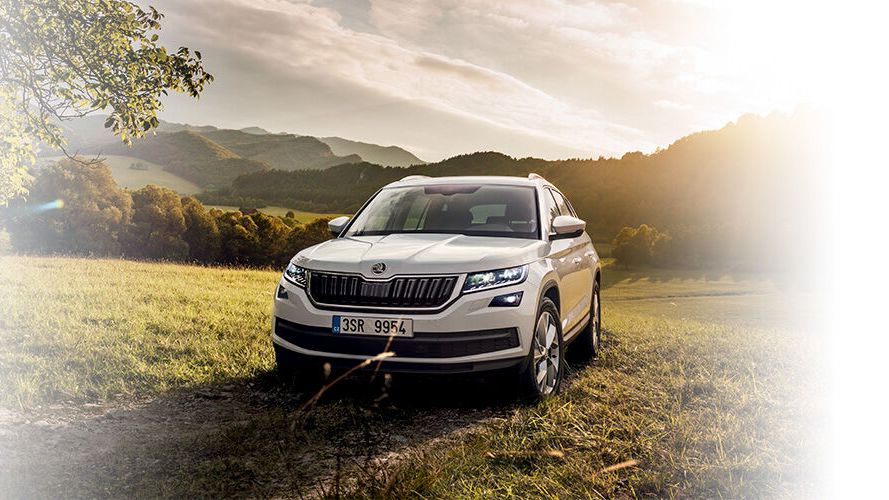
Other Safety Features
- By increasing the braking pressure, the braking assistant helps drivers in situations in which emergency braking is necessary. This can lead to a significant reduction in required braking distance.
- MSR counters the locking action of the driving wheels, which can occur when the driver decelerates on a smooth surface. By increasing the braking pressure, the braking assistant helps drivers in situations in which emergency braking is necessary. This can lead to a significant reduction in required braking distance.
- ****EDL**** continuously receives data from ABS wheel speed sensors on the driven wheels. If it detects that one wheel is slipping, it applies the brake pressure to match its speed to the second, non-slipping wheel. This also directs the torque to the wheel with better traction, which is able to transfer more power. Great on the road with different surfaces on each side, for example dry tarmac on one side and ice or snow on the other.
The information, images, and content shown on this website are used for illustrative purposes only and are not intended to form a part of any contract, offer, or warranty. To get the exact confirmation of features, parts, colours and equipment, please get in touch with us.
